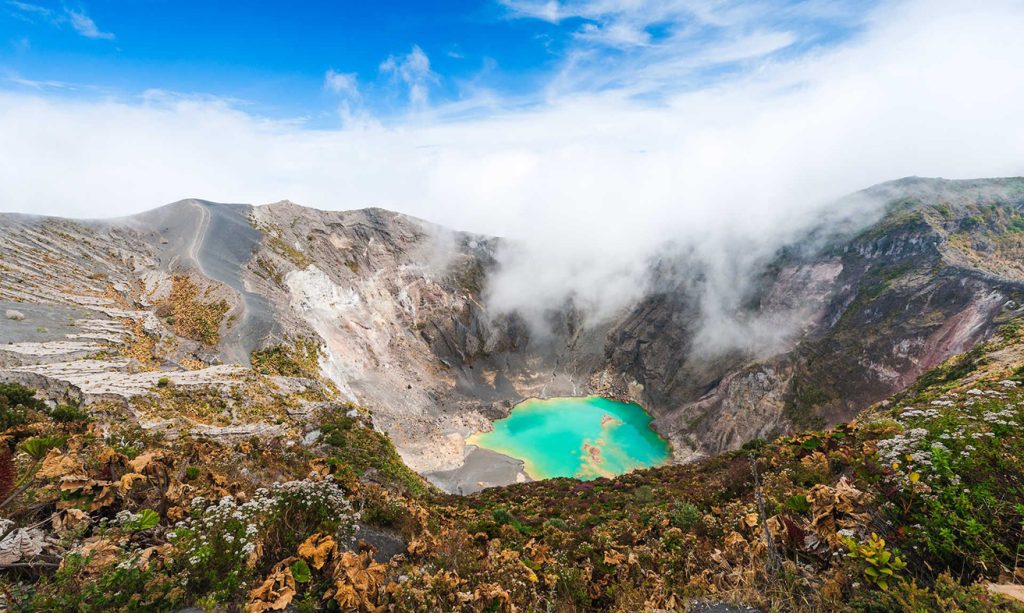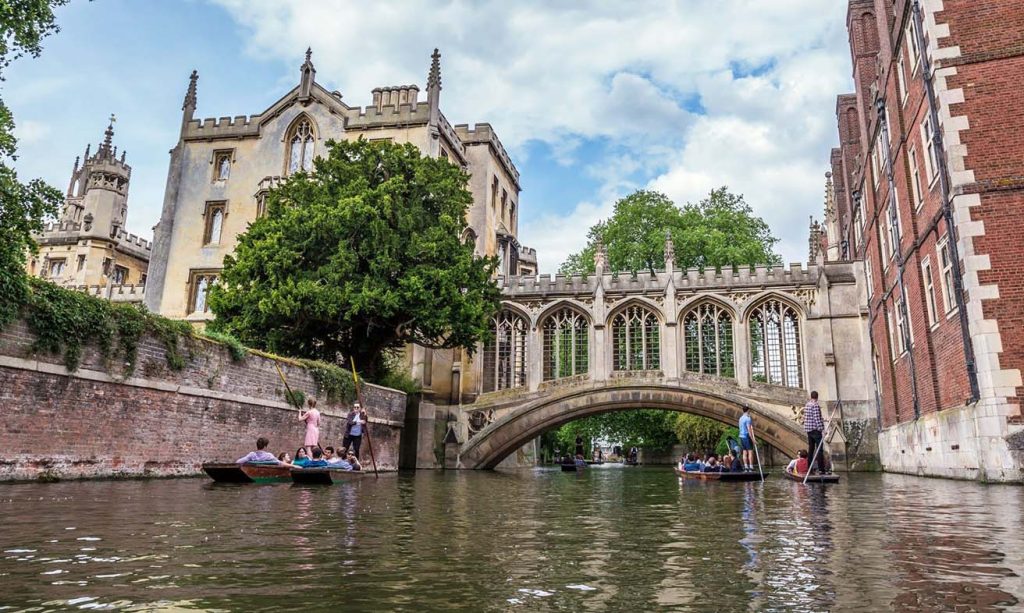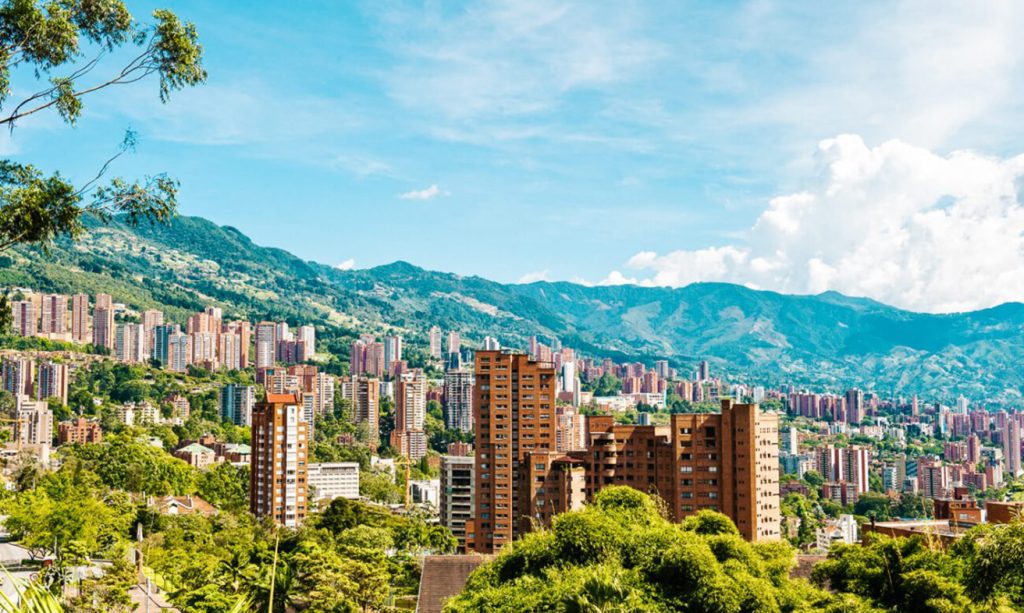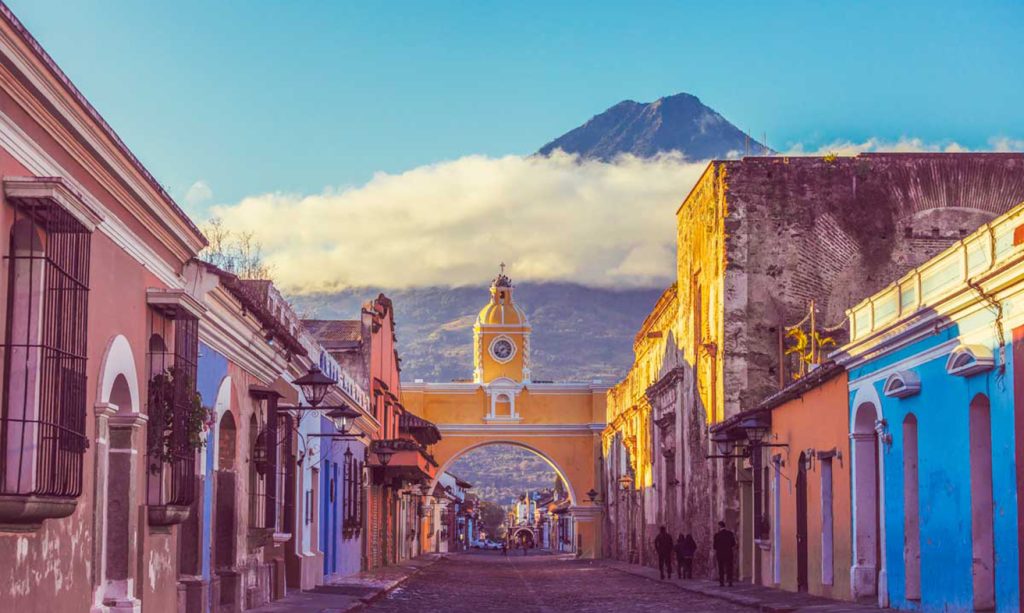Before you embark on your journey to this captivating destination, it’s important to familiarize yourself with some key details that will enhance your experience. From its tropical climate and transportation options to cultural norms and local cuisine, having a comprehensive understanding of what to expect will ensure that your visit to San Jose is filled with wonderful memories. So, let’s delve into the details and discover what you need to know before you go on this exciting adventure.
1.Climate: San Jose enjoys a tropical climate characterized by warm temperatures throughout the year. Average temperatures range from 70°F (21°C) to 80°F (27°C). However, it’s important to note that the city experiences a distinct rainy season from May to November. During this time, you can expect frequent afternoon showers and occasional thunderstorms. The rainfall contributes to the lush greenery and vibrant flora of the region. It’s advisable to pack a light rain jacket or umbrella, especially if you’re visiting during these months, to stay prepared for sudden downpours.
2.Language: The official language in Costa Rica is Spanish. While many locals in San Jose have basic English language skills, it’s always appreciated to make an effort to communicate in Spanish. Learning a few basic phrases such as greetings, thank you, and asking for directions can go a long way in enhancing your interactions with the locals. Carrying a pocket-sized English-Spanish phrasebook or using translation apps can be helpful in overcoming language barriers.
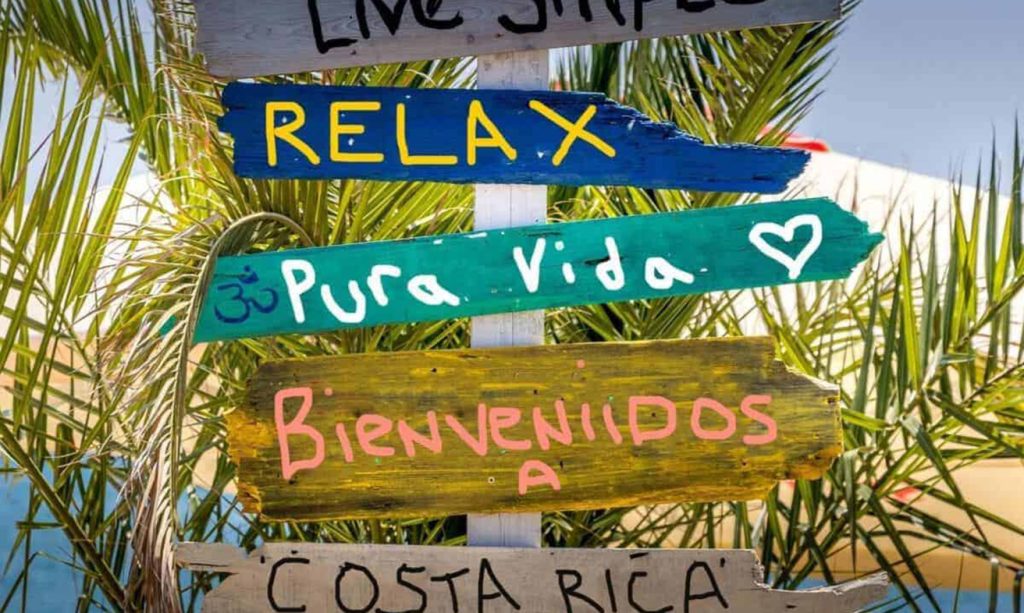
3.Currency: The currency used in Costa Rica is the Costa Rican Colón (CRC). While major credit cards such as Visa and Mastercard are widely accepted in hotels, restaurants, and larger establishments, it’s advisable to carry some cash, especially for smaller purchases or when visiting local markets, street vendors, or smaller establishments. ATMs are readily available throughout the city, allowing you to withdraw cash in the local currency. It’s a good idea to notify your bank or credit card company of your travel plans to avoid any issues with international transactions.
4.Transportation: San Jose has a well-developed public transportation system that makes it relatively easy to get around the city. Buses are the primary mode of transportation and cover the city extensively, including both the city center and surrounding neighborhoods. The bus system is affordable and offers routes to major attractions and destinations. Another popular option is taxis, which are readily available in San Jose. It’s important to use authorized taxis with red logos and meters to ensure fair fares. Ride-hailing services like Uber are also widely used and provide a convenient alternative for getting around the city. It’s advisable to have the addresses of your destinations written down or saved on your phone, as some taxi drivers may not speak English fluently.
5.Safety: San Jose, like any major city, requires visitors to exercise caution and be mindful of their surroundings. Avoid displaying valuable items such as expensive jewelry or electronics, particularly in crowded areas where you may become a target for theft. It’s recommended to keep your belongings secure and within sight at all times. Be vigilant in tourist hotspots and busy areas, as pickpocketing can occur. When using taxis, opt for licensed services or arrange transportation through reputable companies to ensure your safety. It’s also advisable to familiarize yourself with emergency contact numbers and the location of your embassy or consulate.
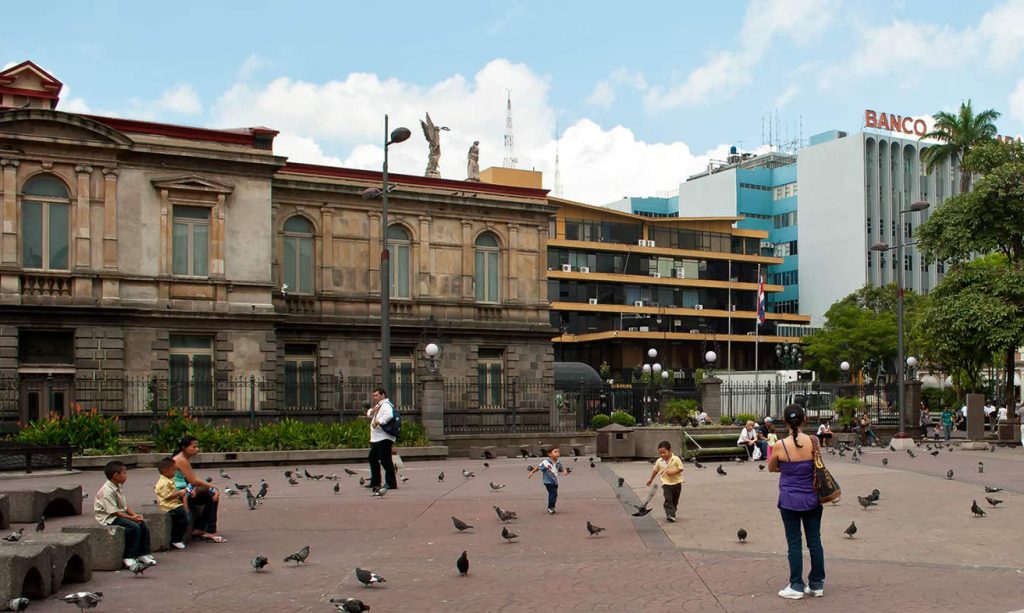
6.Cultural Etiquette: Costa Ricans, known as “Ticos” and “Ticas,” are renowned for their warm and friendly nature. When meeting someone for the first time, it’s customary to greet them with a handshake or a kiss on the cheek. Costa Ricans value politeness and friendliness, so taking the time to learn a few basic Spanish phrases or greetings will be appreciated. Tipping is not mandatory, but it’s customary to leave a small tip for good service in restaurants. Some establishments may include a 10% service charge in the bill, but it’s still common to leave an additional tip. Expressing gratitude and showing respect towards locals and their customs will contribute to a positive cultural experience.
7.Local Cuisine: San Jose offers a delightful array of Costa Rican cuisine that reflects the country’s rich culinary heritage. Don’t miss the opportunity to try the iconic dish, gallo pinto, a savory combination of rice and beans often enjoyed for breakfast. Casado, a typical lunch dish, features rice, beans, a choice of meat or fish, plantains, and a side salad. Seafood lovers will appreciate the fresh and flavorful ceviche, which consists of marinated raw fish or seafood. And of course, no visit to Costa Rica is complete without indulging in the nation’s renowned coffee. Whether you enjoy it hot or iced, Costa Rican coffee is celebrated for its exceptional quality and distinct flavor. San Jose offers a range of dining options, from traditional sodas, small local eateries serving home-style meals, to international restaurants and cafes. Embrace the local cuisine to fully immerse yourself in the flavors of Costa Rica.
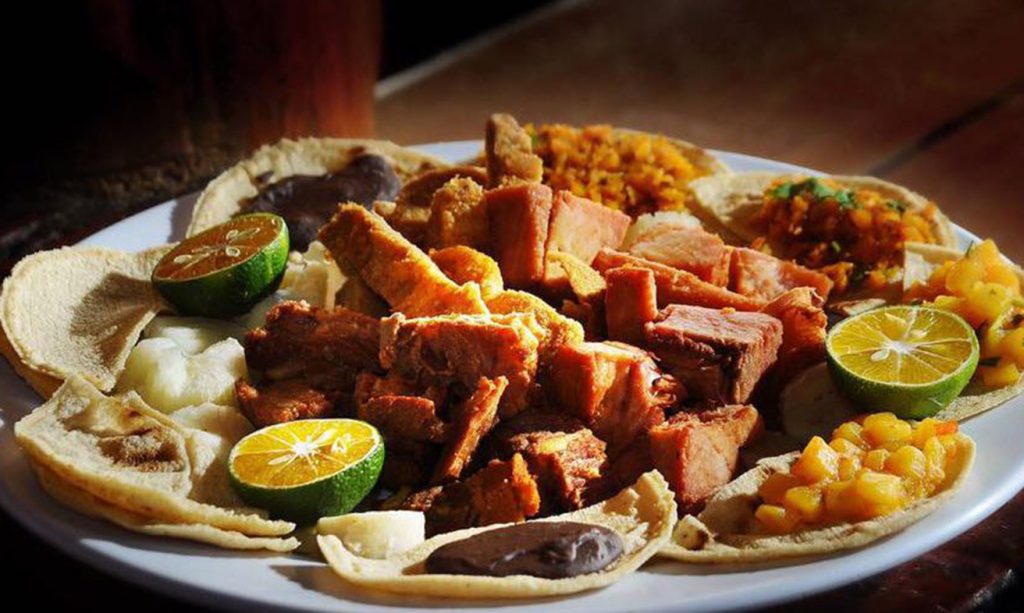
San Jose, Costa Rica is a destination that offers a unique blend of natural beauty, rich culture, and warm hospitality. By being prepared and knowledgeable about the climate, language, currency, and transportation options, you can navigate the city with ease and make the most of your time there. Embracing the local customs and etiquette will not only enhance your interactions with the friendly Costa Rican people but also provide a deeper understanding of their vibrant culture. Don’t forget to indulge in the delicious local cuisine and savor the world-renowned Costa Rican coffee during your visit.
As you explore the enchanting streets of San Jose, immerse yourself in the historical landmarks, wander through bustling markets, and bask in the natural wonders that surround the city. Take in the beauty of Parque Nacional Braulio Carrillo’s rainforest trails, discover the intriguing history at the Museo Nacional, and enjoy the tranquility of Parque Metropolitano La Sabana.
